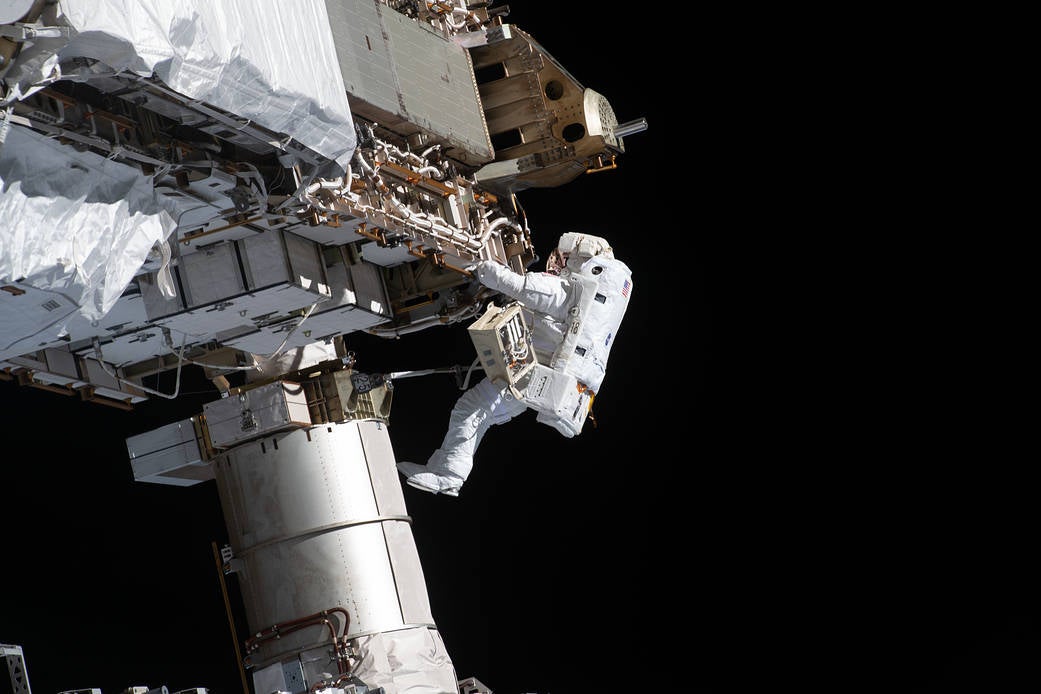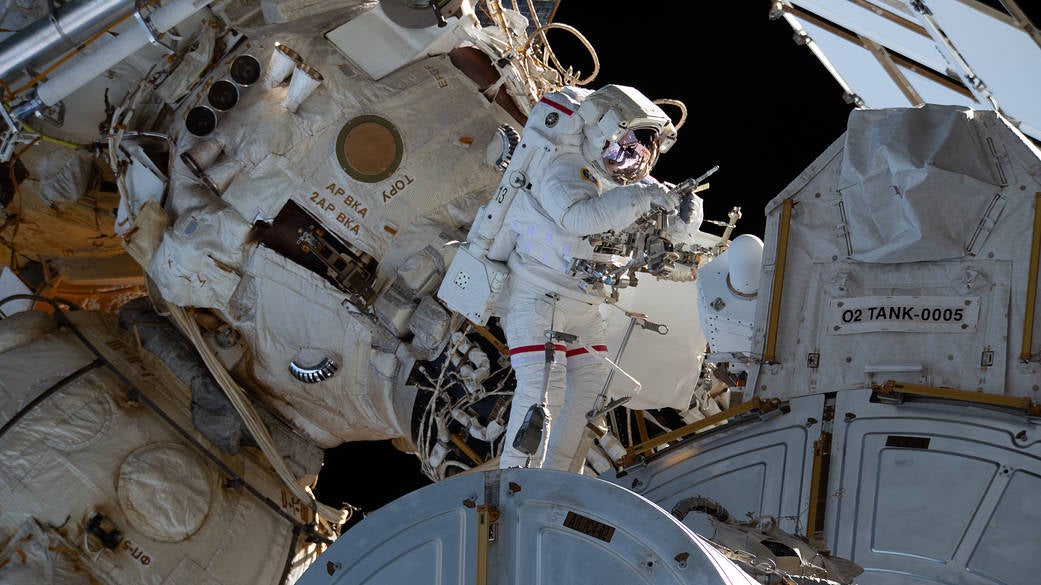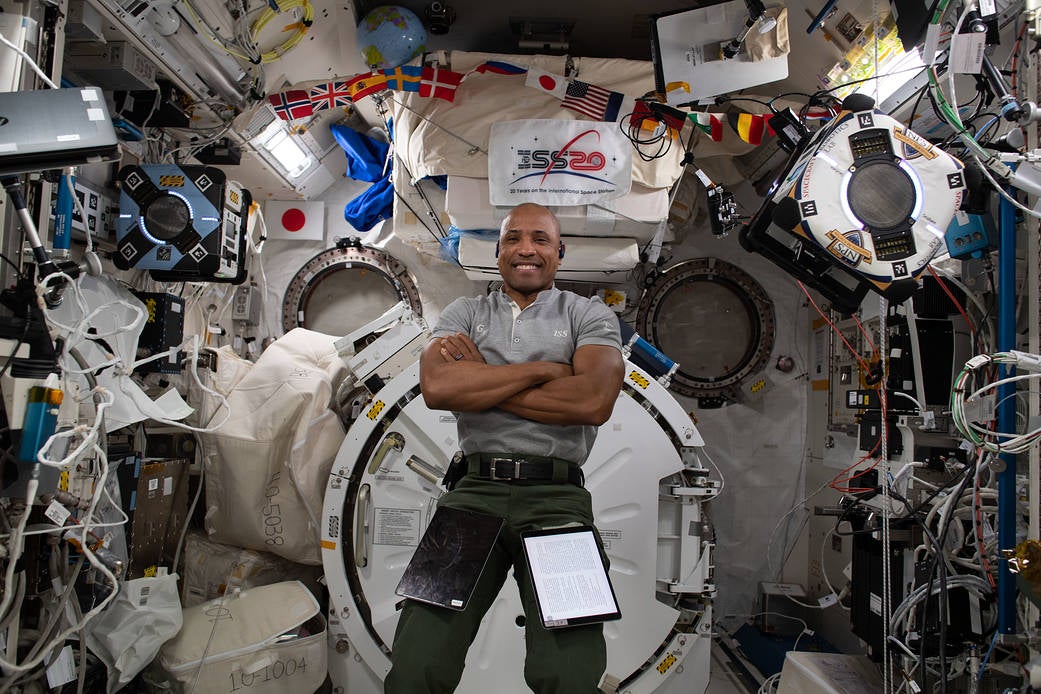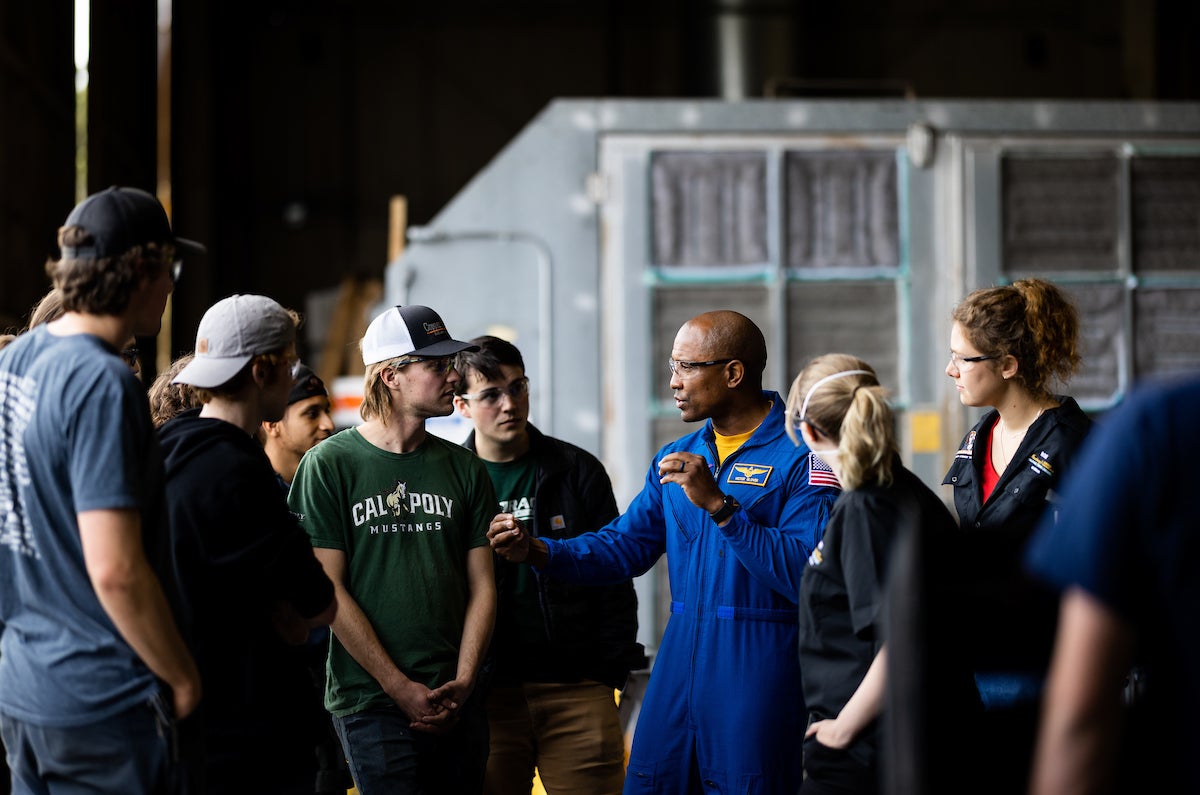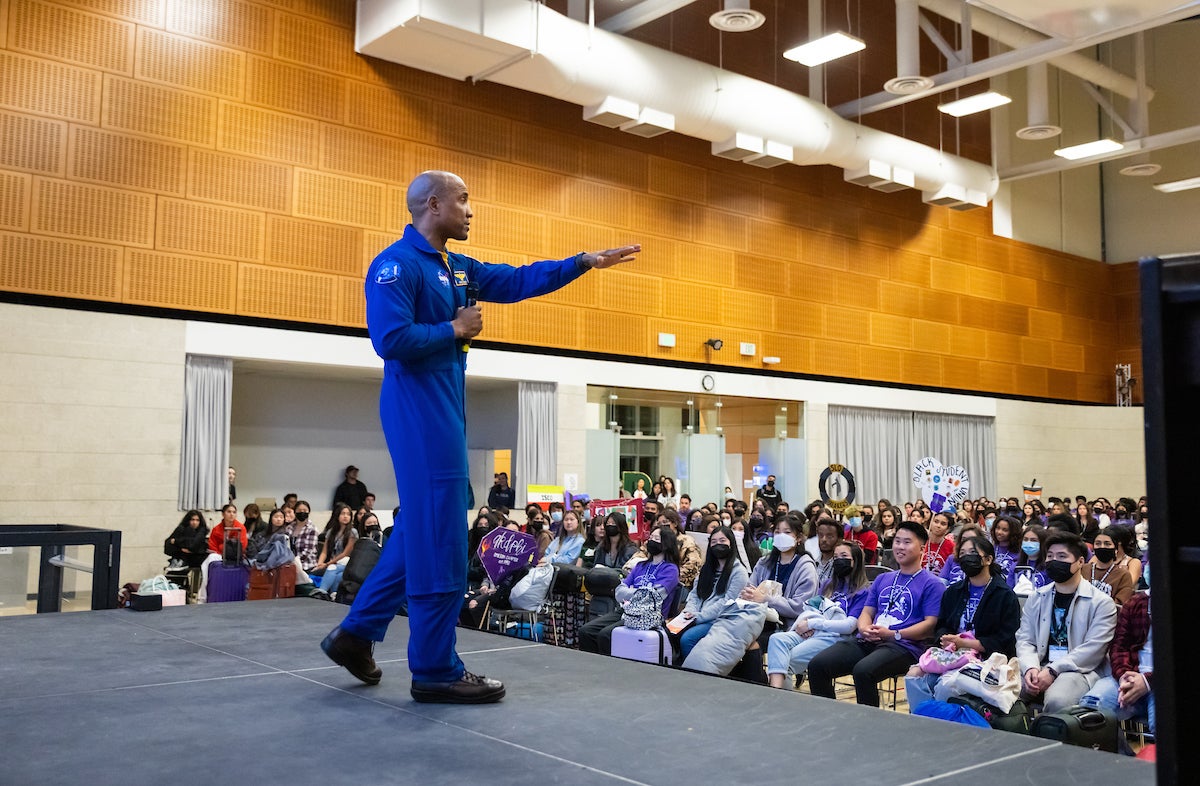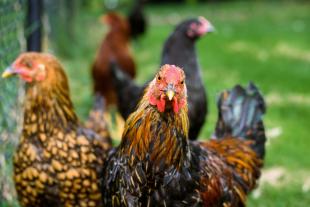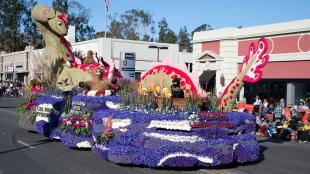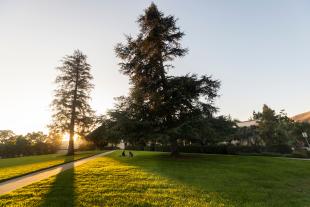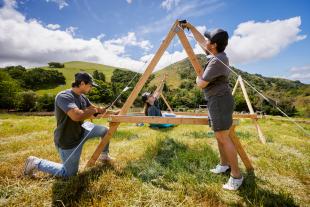Alumnus Victor Glover Will Pilot NASA's Artemis II Mission Around the Moon
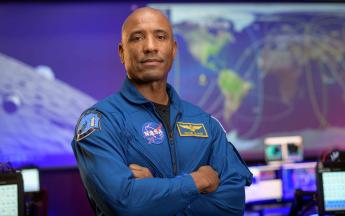
Cal Poly alumnus Victor Glover has been named the pilot of the crew that will travel around the moon on Artemis II, the first crewed mission on NASA’s path to establishing a long-term lunar presence for science and exploration.
NASA and the Canadian Space Agency (CSA) announced Glover and three other astronauts at a televised news conference Monday morning. Glover will pilot the Orion spacecraft.
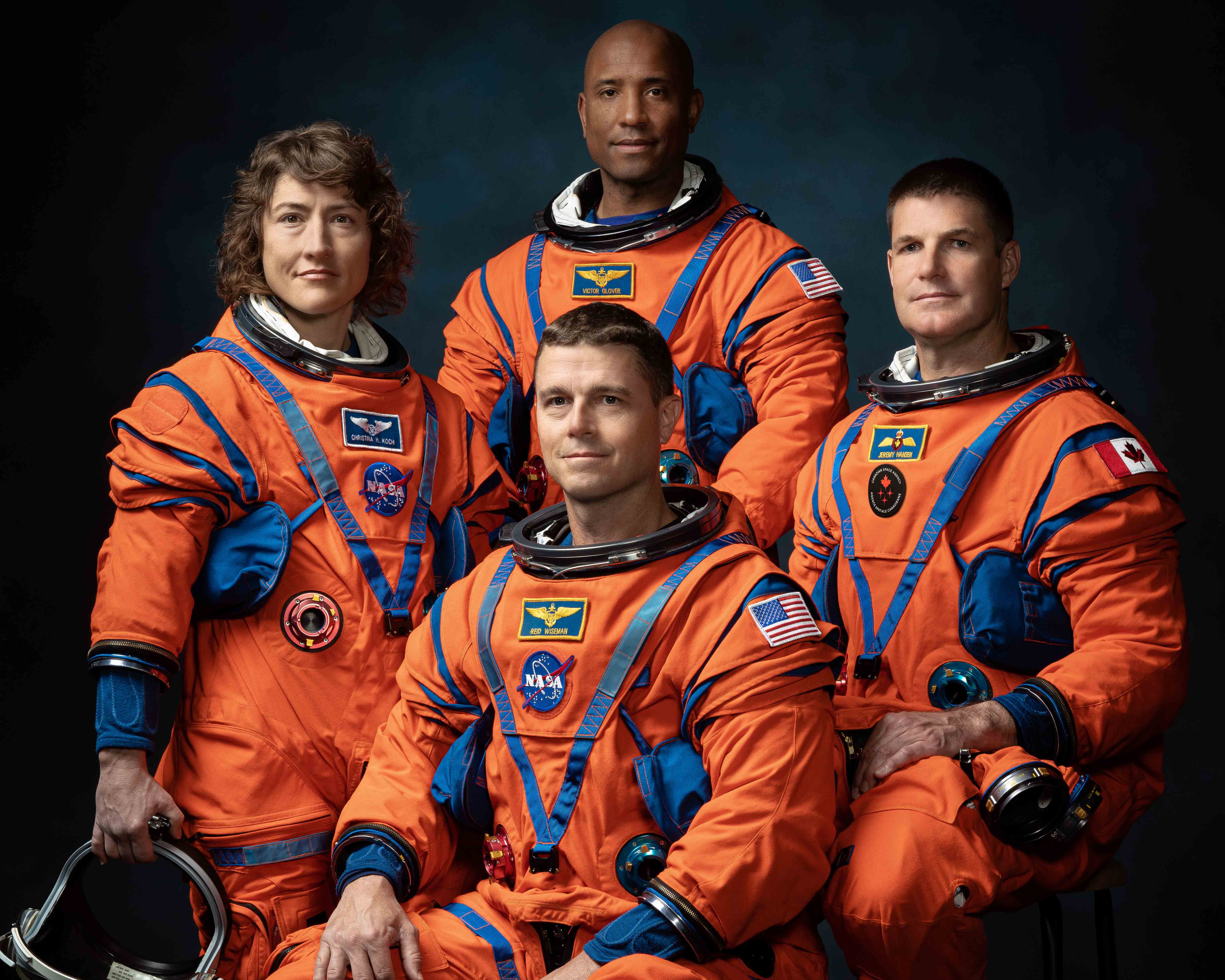
The other crew members are Commander Reid Wiseman, Mission Specialist 1 Christina Hammock Koch, and Mission Specialist 2 Jeremy Hansen of Canada.
They will work as a team to execute an ambitious set of demonstrations during the flight test.
The approximately 10-day Artemis II flight test will launch on the agency’s powerful Space Launch System rocket, possibly late next year, to prove the Orion spacecraft’s life-support systems and validate the capabilities and techniques needed for humans to live and work in deep space.
“For the first time in more than 50 years, these individuals — the Artemis II crew — will be the first humans to fly to the vicinity of the Moon,” said Vanessa Wyche, director of NASA’s Johnson Space Center. “Among the crew are the first woman, first person of color, and first Canadian on a lunar mission — and all four astronauts will represent the best of humanity as they explore for the benefit of all.
“This mission paves the way for the expansion of human deep space exploration and presents new opportunities for scientific discoveries, commercial, industry and academic partnerships and the Artemis Generation."
The flight, set to build upon the successful uncrewed Artemis I mission completed in December, will set the stage for the first woman and first person of color on the moon, paving the way for future for long-term human exploration lunar missions, and eventually Mars. This is the agency’s Moon to Mars exploration approach.
"This is a big day. We have a lot to celebrate, and it's so much more than the four names that have been announced," Glover said during the Monday news conference. "We need to celebrate this moment in human history."
The mission will be the second spaceflight for Glover (General Engineering, ’99), who served as pilot and second-in-command on the SpaceX Crew Dragon, named Resilience, which launched in November 2020. The Navy captain and test pilot then became the first Black astronaut to complete a long-term stay on the International Space Station. During his 168 days in space as a station systems flight engineer, Glover contributed to scientific investigations and technology demonstrations, completed four spacewalks, spoke with Vice President Kamala Harris, and even delivered Cal Poly’s fall 2020 commencement address.
Glover and the rest of SpaceX Crew-1 returned to Earth May 2, 2021. Before he landed, he also learned his eldest daughter was going to attend Cal Poly, a moment of joy only enhanced by zero gravity.
“I literally was doing flips around the space station just because I could,” Glover recalled during a two-day campus visit last April. “That felt really good, because my wife and I met here, and we have worked hard to continue to support this place.”
Glover and his wife, Dionna Odom Glover (a child development major at Cal Poly), inspired a variety of student groups during their visit. They kicked off their trip with breakfast, hosted by President Jeffrey D. Armstrong, and attended by faculty, staff, students and California State University Trustee Romey Sabalius. As they ate, Glover returned some very special items that flew with him on the ISS: two Cal Poly banners and green-and-gold socks.
At the time of his visit, Glover discussed the Artemis program, which plans to launch a series of uncrewed and crewed missions to the moon to establish a lunar base by 2030. He said Cal Poly and Learn by Doing helped prepare him for whatever comes next.
“This is truly my original launch pad," Glover said. “Cal Poly is the reason that I’ve been able to do some amazing things.
“Even before NASA, I've lived what I would call an enchanted journey. And Dionna and I and the girls have been on this really amazing adventure together, and that really started here.”
Through Artemis missions, NASA will use innovative technologies to explore more of the lunar surface than ever before. The space agency will collaborate with commercial and international partners and establish the first long-term presence on the moon. Then, it will use what is learned on and around the moon to take the next giant leap: sending the first astronauts to Mars.
For more information about the Artemis II crew, visit: https://www.nasa.gov/specials/artemis-ii
More to Explore
- Glover's latest visit to Cal Poly in 2022: https://www.calpoly.edu/news/down-earth-captain-victor-glover-returns-campus
- Glover preparing for the SpaceX Crew Dragon Mission in 2020: https://magazine.calpoly.edu/fall-2020/the-astronaut/
- Cal Poly's history of aerospace innovation: https://magazine.calpoly.edu/fall-2020/taking-flight-timeline/
Want more Learn by Doing stories in your life? Sign up for our monthly newsletter, the Cal Poly News Recap!

